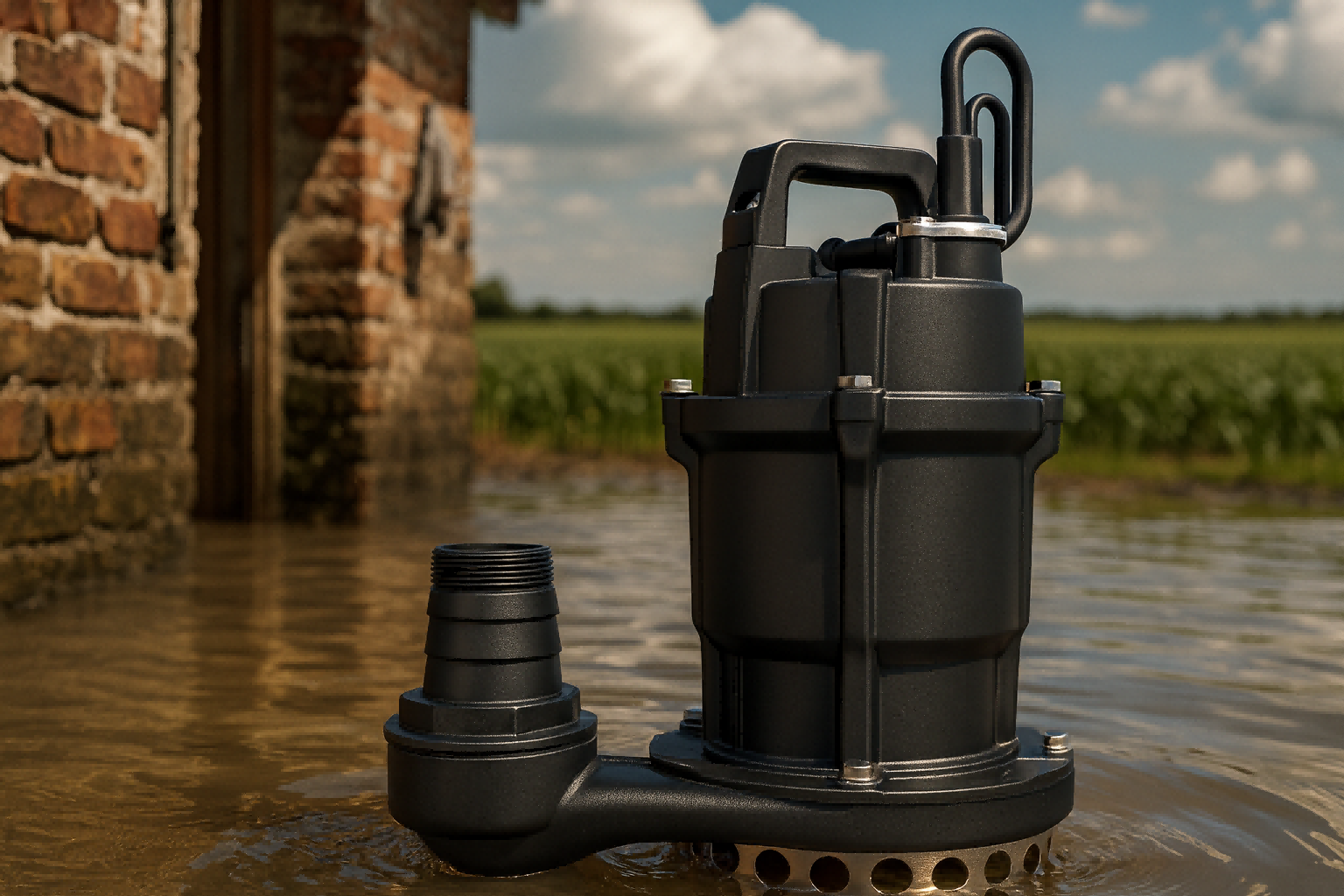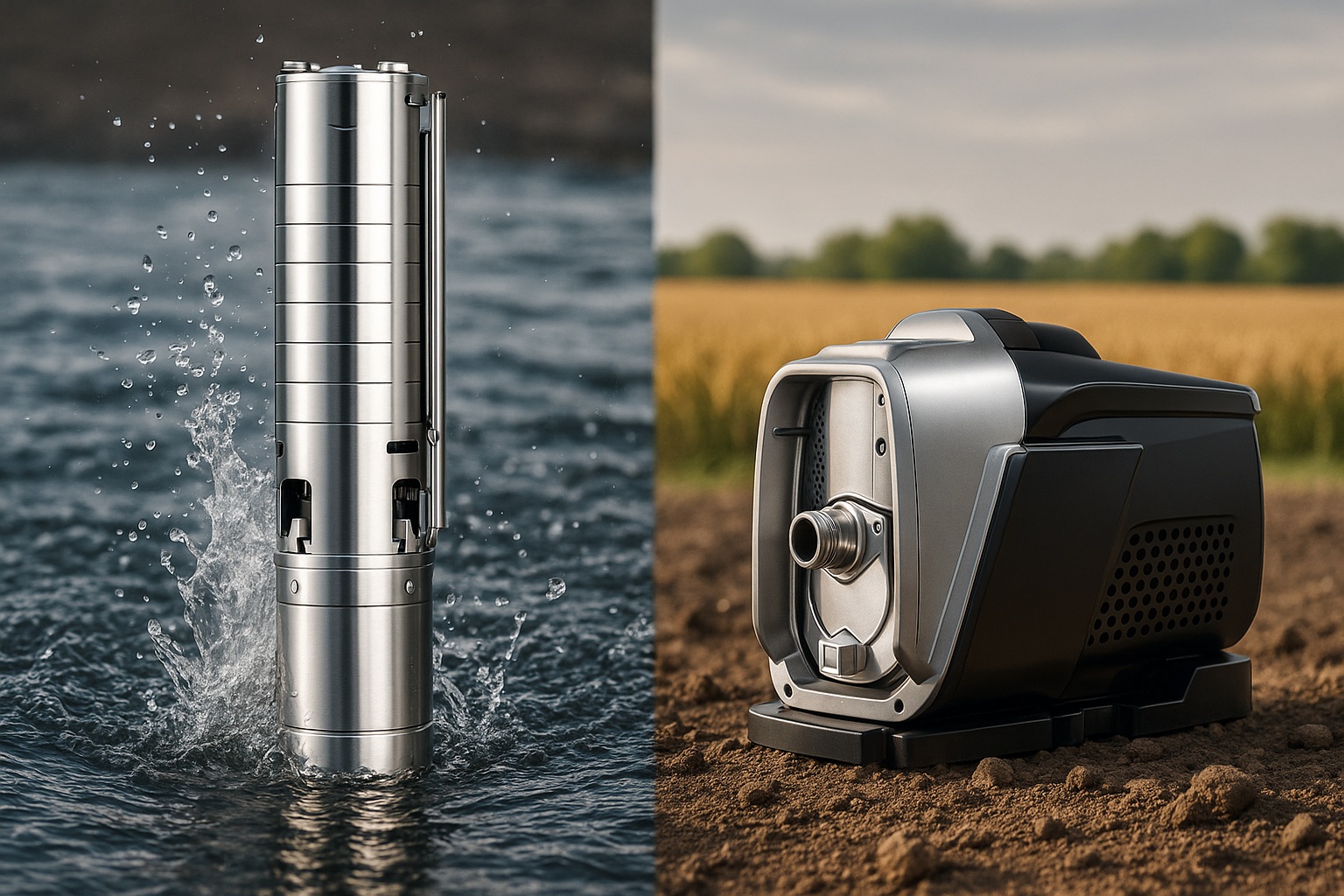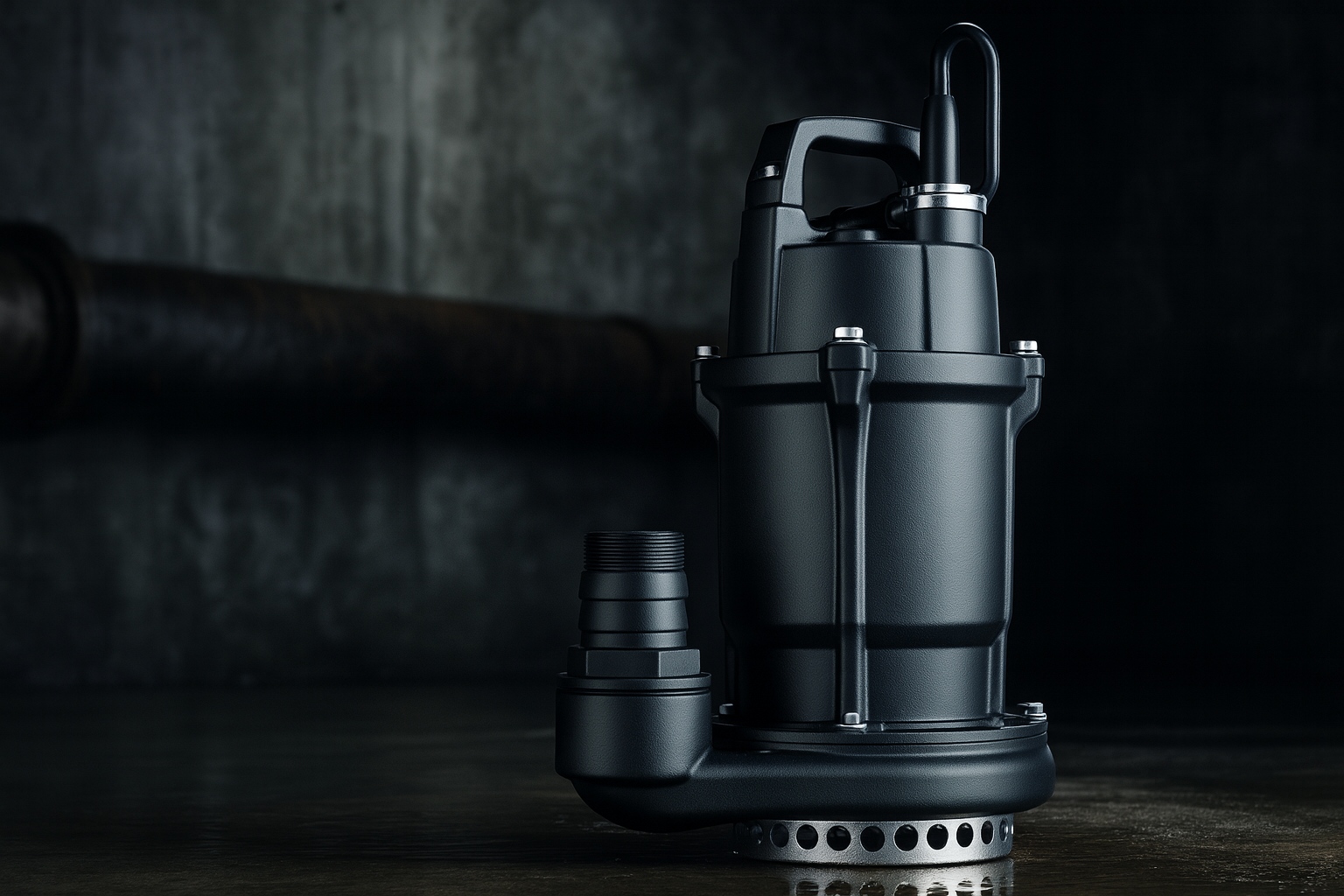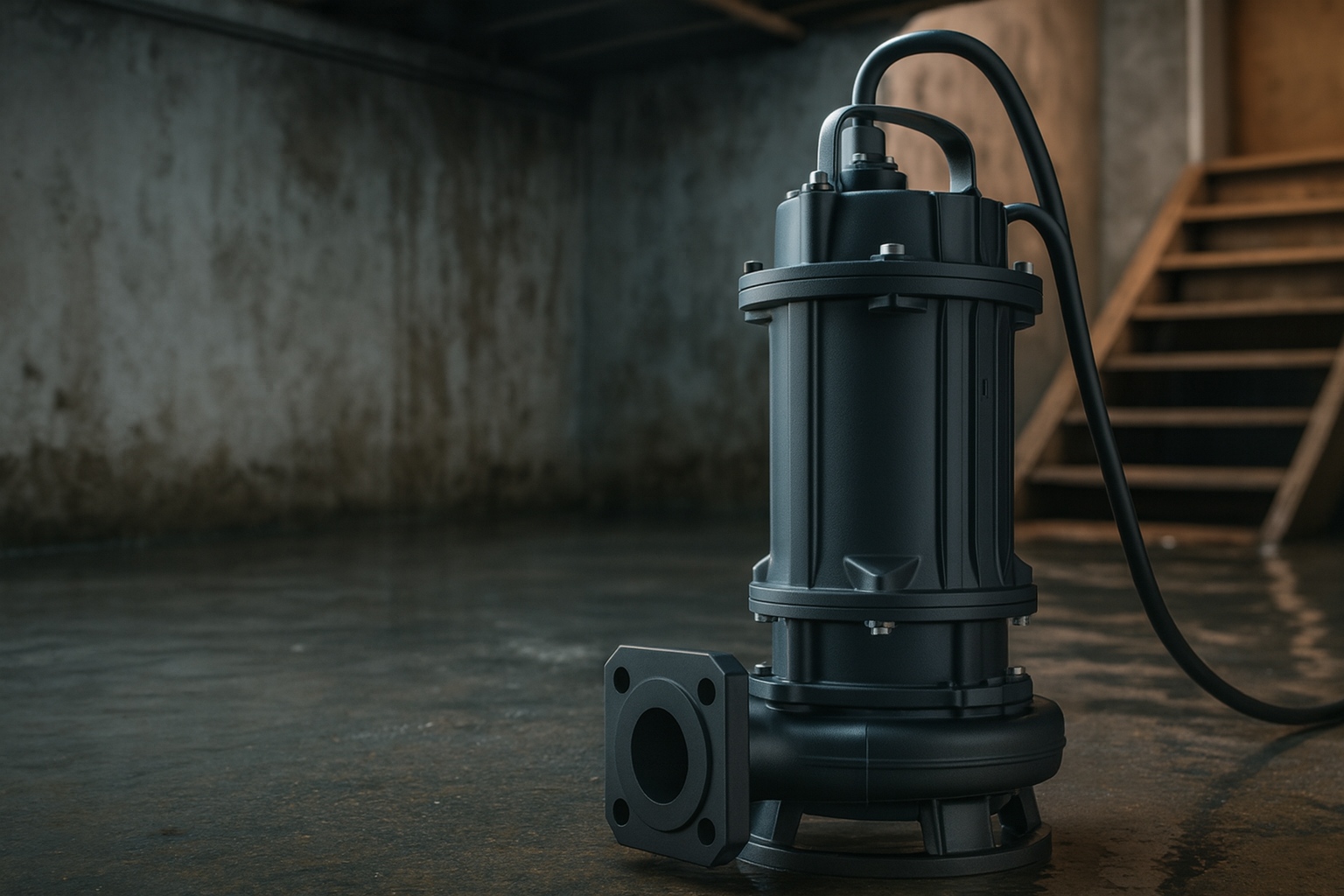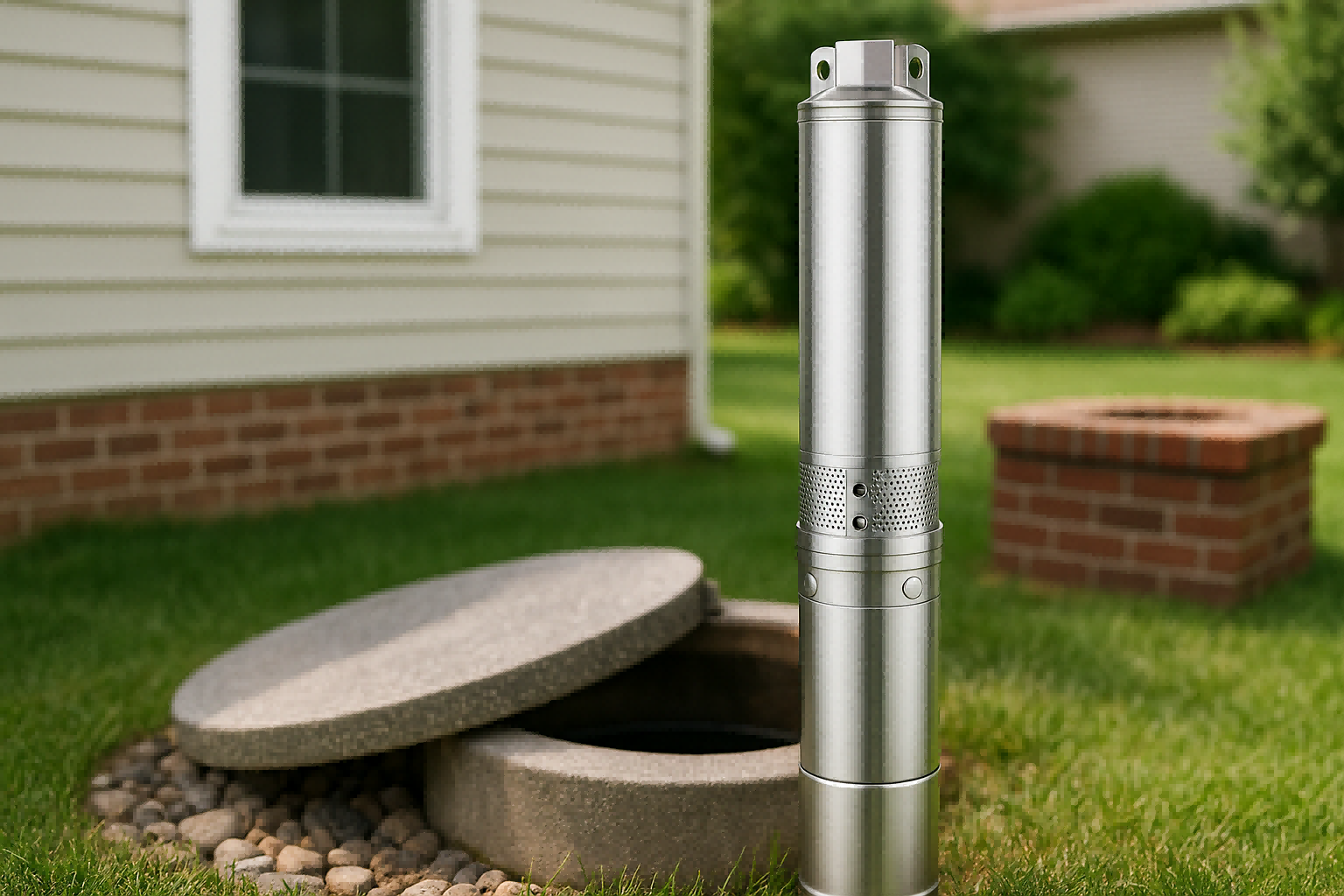Struggling with weak showers and trickling faucets?
Low water pressure disrupts daily life and can negatively impact appliances.
A modern booster pump is the definitive solution to these frustrations.
Yes, water pressure booster pumps absolutely work.
They are engineered to increase low water pressure and flow.
This ensures a strong, consistent water supply to all fixtures throughout a home, commercial building, or industrial facility, solving the core problem of an insufficient municipal supply.
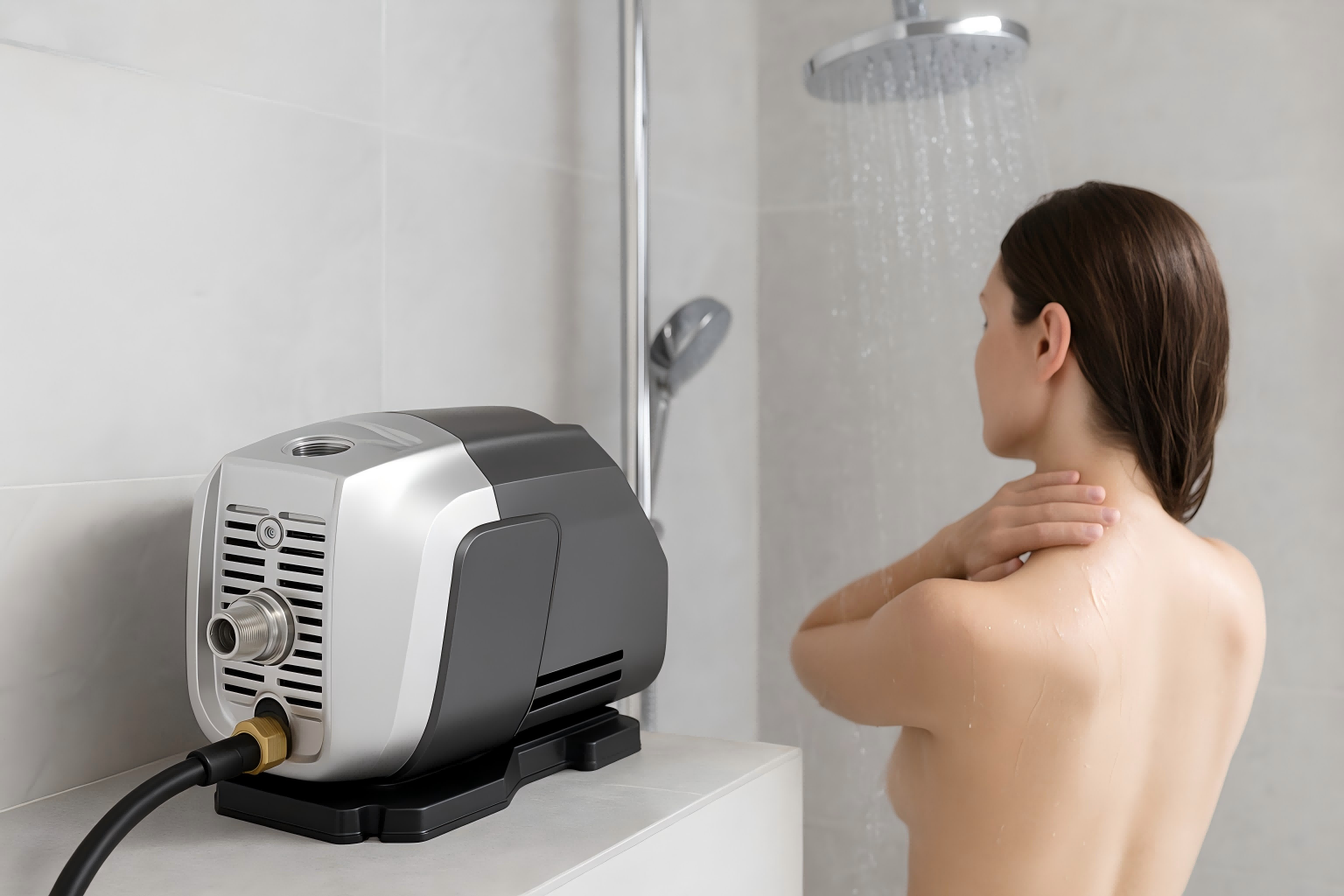
But how do these devices deliver such a dramatic improvement, and what key technologies separate a basic pump from a truly advanced, reliable system?
Understanding the engineering and intelligent features inside is crucial to appreciating their full value and making an informed choice.
Let's dive into the mechanics, benefits, and critical features of these essential water system components.
What Is a Booster Pump and How Does It Work?
Ever wonder what is actually happening inside that pump?
A booster pump might seem complex, but its fundamental purpose is straightforward.
It simply gives your water the powerful push it needs to reach its destination effectively.
A booster pump is a mechanical device that increases water pressure within a plumbing system.
It uses a motor-powered impeller, which works like a high-speed fan, to add velocity and force to the water, pushing it through pipes with consistently high pressure.
A booster pump is more than just a motor and a fan for water.
It's a carefully designed system where several key parts work in harmony to deliver reliable pressure.
Understanding these components helps clarify exactly how the pump achieves its goal.
The Core Components
At the heart of every booster pump are four essential elements that manage the flow and pressure of water.
| Component | Function |
|---|---|
| Motor | Provides the rotational power needed to operate the pump. |
| Impeller(s) | A rotor with blades that spins rapidly to increase water velocity. |
| Housing | A casing that directs water into the impeller and out into the plumbing. |
| Controls/Sensors | The electronic "brain" that monitors pressure and tells the pump when to turn on and off. |
These parts form the basic anatomy of any booster pump.
However, the quality and sophistication of these components are what define a truly superior product.
The Pumping Process Step-by-Step
The journey of water through a booster pump is a rapid and efficient process.
- Water Entry: Water from the main supply line enters the pump's inlet at a low pressure.
- Impeller Action: The pump's sensors detect the drop in pressure (e.g., when a tap is opened) and activate the motor. The motor spins the impeller at high speed.
- Velocity Boost: The spinning impeller blades transfer kinetic energy to the water, dramatically increasing its velocity.
- Pressure Conversion: As the fast-moving water is pushed through the pump's housing (volute), its high velocity is converted into high pressure.
- Water Exit: The now-pressurized water exits the pump's outlet and flows strongly through the pipes to your showers, faucets, and appliances.
Advanced Pumping Technology
The most significant evolution in booster pumps is the move towards intelligent, variable-speed operation.
Traditional pumps operate on a simple on/off basis, running at full power regardless of demand.
Modern systems utilize a Variable Frequency Drive (VFD).
A VFD is a smart controller that adjusts the motor's speed in real-time based on water usage.
If you only open one small faucet, the VFD runs the motor slowly.
If you turn on multiple showers, it speeds up instantly to meet the demand.
This intelligent control ensures perfectly constant pressure and drastically reduces energy consumption.
These advanced pumps are often paired with a Permanent Magnet Synchronous Motor (PMSM).
Unlike older induction motors, PMSMs are more efficient, generate less heat, and are significantly quieter, often operating at a near-silent level of around 50 decibels.
This combination of VFD control and PMSM efficiency is the gold standard for modern water pressure boosting.
Common Signs You Might Need a Booster Pump
Is your shower annoyingly weak?
Do your sprinklers fail to cover your entire lawn?
These are not just minor inconveniences; they are clear signs of a deficient water pressure problem that needs a real solution.
You might need a booster pump if you consistently experience weak water flow in showers or sinks.
Other key indicators include noticeable pressure drops when multiple faucets are used simultaneously or irrigation systems that don't cover their intended area, especially in multi-story buildings.
Identifying the signs of low water pressure is the first step toward finding a solution.
These symptoms can manifest in residential, commercial, and industrial settings, each with unique challenges.
Recognizing these indicators helps determine if a booster pump is the right investment for your property.
Residential Red Flags
In a home setting, the signs of low water pressure are often impossible to ignore and directly impact daily comfort and convenience.
- Weak Showers: The most common complaint is a shower that produces a weak spray instead of an invigorating stream.
- Pressure Fluctuations: When someone flushes a toilet while you're showering, does the water pressure drop dramatically? This indicates the system can't handle simultaneous demand.
- Poor Top-Floor Performance: In multi-story homes, gravity can significantly reduce pressure on upper floors, leading to trickling faucets and slow-filling toilets.
- Slow Appliance Cycles: Washing machines and dishwashers may take longer to fill and complete their cycles, and some may even display error codes due to insufficient pressure.
Commercial and Industrial Indicators
In a business environment, inadequate water pressure is more than an annoyance—it can affect operations, customer satisfaction, and safety.
- Inconsistent Pressure in High-Rises: Hotels, office buildings, and hospitals need to deliver uniform water pressure to every floor, which is impossible without a robust booster system.
- Process Water Deficiencies: Many manufacturing processes rely on a specific and constant water pressure for cooling, cleaning, or production. Any drop can compromise product quality.
- Ineffective Irrigation: Large-scale irrigation for golf courses, farms, or commercial landscaping requires high pressure to ensure sprinklers cover vast areas evenly.
Uncovering the Root Cause
Before investing in a booster pump, it's wise to ensure the problem isn't caused by a simpler issue.
A quick inspection can help confirm that low pressure is a systemic problem, not just a localized clog.
Quick Plumbing Check:
- Check for Leaks: A hidden leak in your plumbing can be a major cause of pressure loss.
- Inspect Pipes: Older, corroded galvanized pipes can become clogged with scale and rust, severely restricting water flow.
- Test the Main Valve: Ensure the main shutoff valve for your property is fully open.
- Check the Pressure Reducing Valve (PRV): Sometimes, a faulty or improperly adjusted PRV is the culprit.
If these common plumbing issues are ruled out, and the pressure supplied by your municipality is simply too low, a booster pump is the most effective and reliable permanent solution.
The Benefits of Modern Booster Pump Systems
A booster pump does far more than just fix weak showers.
It completely transforms your relationship with your water system.
Discover the comprehensive benefits of upgrading to a modern, intelligent unit designed for performance and efficiency.
The primary benefits of installing a modern booster pump include consistently reliable water pressure and dramatically improved appliance performance.
Crucially, they also offer significant energy savings.
Advanced pumps protect your plumbing from mechanical stress and operate with whisper-quiet performance, enhancing both comfort and system longevity.
The decision to install a booster pump brings a host of advantages that extend beyond solving low-pressure issues.
Modern systems are engineered to deliver a superior user experience while also providing tangible returns through efficiency, durability, and enhanced protection for your entire plumbing network.
Unwavering Pressure and Performance
The most immediate benefit is the end of pressure fluctuations.
With an intelligent booster pump, you can run the shower, the dishwasher, and the garden hose all at the same time without noticing a drop in performance.
This constant, reliable pressure allows all your water-dependent appliances to function at their best, leading to cleaner clothes, sparkling dishes, and a more comfortable daily routine.
Energy Efficiency and Cost Savings
This is where advanced booster pumps truly shine.
Thanks to Variable Frequency Drive (VFD) technology, a modern pump only uses the exact amount of energy needed at any given moment.
This is fundamentally different from older pumps that run at maximum speed all the time.
This intelligent power management can reduce a pump's electricity consumption by up to 50%.
Furthermore, a key feature known as "soft start and soft stop" gradually ramps the motor's speed up and down.
This eliminates the sudden jolt of pressure, known as water hammer, which can damage pipes and fittings over time.
By reducing this mechanical stress, the feature extends the life of both the pump and your entire plumbing infrastructure.
Durability and Longevity
A high-quality booster pump is a long-term investment, built from materials designed to withstand constant use and harsh conditions.
Leading manufacturers use premium components to ensure reliability.
- Corrosion-Resistant Internals: The impeller, the component that does most of the work, is often made from high-grade AISI304 stainless steel. This material is renowned for its excellent resistance to corrosion and wear, ensuring a long and efficient service life.
- High-Precision Bearings: The quality of the motor's bearings directly impacts its noise level and lifespan. Top-tier pumps use high-precision bearings from reputable manufacturers, resulting in quieter operation and significantly longer durability compared to standard parts.
- Advanced Motor Construction: The motor itself is engineered for superior thermal management. Using materials like high-grade silicon steel and Class F insulation wire allows the motor to run cooler, even under heavy loads. This prevents overheating and is a key factor in extending the motor's operational lifespan.
What To Look For In a High-Quality Booster Pump
Not all booster pumps are created equal.
Choosing the right one involves looking beyond the basic specifications.
The most critical features in design, protection, and user interface are what truly distinguish a reliable, long-lasting unit.
For optimal performance, look for a pump with a Variable Frequency Drive (VFD) for constant pressure and significant energy savings.
Prioritize units with robust construction using corrosion-resistant materials, comprehensive electronic protections against issues like dry-running, and advanced features like environmentally sealed controller boards.
When evaluating a booster pump, the details of its construction and the intelligence of its control system are paramount.
A superior pump is not just powerful; it's also smart, durable, and user-friendly.
These are the features that ensure peace of mind and deliver the best long-term value.
The Brains of the Operation: The Controller
The pump's electronic controller is its central nervous system, responsible for both performance and protection.
A top-tier pump will feature a comprehensive suite of automatic protection functions to safeguard itself against common operational hazards.
This built-in intelligence prevents catastrophic failures and minimizes downtime.
| Essential Protection Functions: | Category | Protections |
|---|---|---|
| Electrical | Protects against unstable power, including Over/Under Voltage, Overcurrent, Phase Loss, and Motor Stall. | |
| Thermal | Prevents damage from heat with Driver Board Overheating, High Water Temperature, and Short-time Overheating protections. | |
| System | Guards against common plumbing issues like Water Shortage (Dry Run), Freezing Temperatures, and Pipeline Leak Warnings. | |
| Sensor | Includes self-diagnostics that alert the user to failures in critical temperature and pressure sensors. |
One of the most critical protections is for "dry running," where the pump operates without water.
Advanced systems use a multi-stage recovery algorithm, attempting to self-prime for a few minutes before entering a sleep mode to conserve energy, then periodically re-checking for water.
The Armor: Environmental Protection
A booster pump often operates in damp, humid environments like basements or utility closets, which are hostile to sensitive electronics.
The most robust solution to this challenge is a fully potted controller board.
This process, sometimes called "PCB potting," involves completely sealing the main circuit board in a durable, waterproof resin.
This creates an impenetrable barrier against moisture, dust, and condensation, achieving a high IP67 protection rating.
By isolating the electronics from the environment, this feature can prevent over 95% of moisture-related failures and extend the controller's lifespan by several years.
The User Experience: Interface and Monitoring
Despite its internal complexity, a modern booster pump should be simple to install and operate.
A well-designed user interface typically features a clear digital display, a handful of intuitive buttons for starting, stopping, and adjusting pressure, and a series of LED indicators for at-a-glance status checks.
These indicators can instantly show if the pump is in constant pressure mode, if a leak is detected, or if there is a fault.
For advanced users and installers, the ability to monitor real-time operating data is invaluable.
High-end models allow users to cycle the display through critical parameters like current power consumption (Watts), motor speed (RPM), input voltage, and the temperature of both the water and the controller board.
This deep insight into the pump's live status helps with diagnostics and ensures the system is running optimally.
Conclusion
A modern water pressure booster pump is an incredibly effective and intelligent solution for low water pressure.
By choosing a durable, efficient, and well-protected model, you guarantee a reliable and comfortable water experience for years to come.
FAQs
How much pressure does a booster pump add?
Booster pumps can add anywhere from 15 to 80 PSI or more to your existing pressure, depending on the model. The right size depends on your home's specific needs.
Are water booster pumps noisy?
Modern booster pumps, especially those with VFD technology and high-quality motors, are designed for quiet operation. Many run at around 47-55 decibels, similar to a quiet conversation.
Can a booster pump damage my pipes?
A properly sized and installed pump will not damage pipes. Features like soft start/stop prevent pressure surges (water hammer), and most plumbing is rated to handle standard boosted pressure.
Does a booster pump use a lot of electricity?
Pumps with a Variable Frequency Drive (VFD) are highly energy-efficient. They only use the power needed to meet the current demand, often reducing electricity use by up to 50%.
How long do booster pumps last?
A well-maintained, high-quality booster pump can last for 8 to 15 years. Longevity is increased by features like electronic protections and durable, corrosion-resistant materials.
Where should a booster pump be installed?
A booster pump is typically installed on the main water line just after it enters the house and past the water meter and any main shutoff valve.
Do I need a pressure tank with a booster pump?
While not always required, a small pressure or expansion tank can help reduce pump cycling for very small water uses, preventing hesitation and further smoothing out the system's operation.


